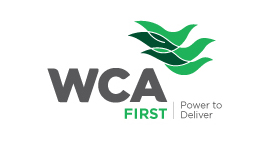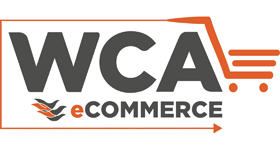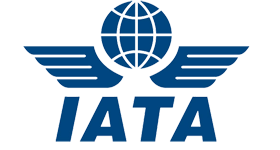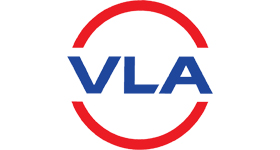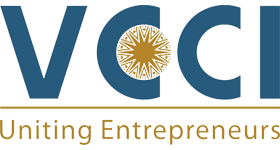Absorption Costing vs Standard Costing What’s the Difference?

Under absorption costing, the fixed overhead costs allocated to the unsold 3,000 units remain in inventory on the balance sheet rather than being expensed in the income statement. This deferral of costs can temporarily inflate profits, making it essential for management to consider inventory levels when interpreting financial results. Absorption costing is linking all production costs to the cost unit to calculate a full cost per unit of inventories. This costing method treats all production costs as costs of the product regardless of fixed cost or variance cost.
- These indirect costs, often referred to as overheads, include expenses such as rent, utilities, administrative salaries, and depreciation.
- Absorption costing also provides a company with a more accurate picture of profitability than variable costing, particularly if all of its products are not sold during the same accounting period as their manufacture.
- If absorbed overheads are higher than the actual overheads, then there is an over-absorption.
- Incorporate inbound freight costs directly into your direct material calculations; omitting them understates your true material investment per unit.
Benefits of absorption costing 🔗
- Handling absorption costing means you need to accurately track all your manufacturing costs and allocate overhead correctly.
- However, its limitations, such as the risk of overproduction and challenges in overhead allocation, necessitate careful interpretation and complementary use of other costing methods like variable costing.
- Accurate overhead absorption is crucial for sound financial management, as it provides a comprehensive understanding of production costs.
- Therefore, direct costing is not acceptable for external financial and income tax accounting, but it can be valuable for managing the company.
- On the other hand, standard costing uses predetermined costs as a benchmark for evaluating performance.
- Additionally, we’ll answer 20 frequently asked questions (FAQs) to further clarify any doubts you might have.
This makes it more difficult for management to make the best decisions for operational efficiency. For instance, if the direct costs (materials and labor) for a chair are ₹500, and the allocated overhead costs (fixed and variable) are ₹100, the total cost of producing that chair would be ₹600. Additionally, when there is unsold inventory, absorption costing can result in higher reported profits because fixed overhead costs are deferred into inventory until the products are sold. It is possible to use activity-based costing (ABC) to allocate overhead costs for inventory valuation purposes under the absorption costing methodology. However, ABC is a time-consuming and expensive system to implement and maintain, and so is not very cost-effective when all you want to do is allocate costs to be in accordance with GAAP or IFRS. By capitalizing fixed costs within inventory, absorption costing ensures that unsold products retain a portion of these expenses on the balance sheet, rather than being immediately expensed in the income statement.
Absorption Costing
- Another drawback of marginal costing is that it considers fixed costs in full for the complete production period.
- This characteristic of absorption costing can lead to differences in reported profits compared to variable costing, especially when there are changes in production levels and inventory levels.
- The absorbed-cost method takes into account and combines, in other words, absorbs all the manufacturing costs and expenses per unit of a produced item, including ones incurred both directly and indirectly.
- The traditional income statement, also known as the absorption costing income statement, is created using absorption costing.
- Also, net income increases as more items are produced, because fixed costs are spread across all units manufactured.
- Variable costing is more useful than absorption costing if a company wishes to compare different product lines’ potential profitability.
Shifts in fixed costs, direct labor costs, or the price of direct materials can affect total absorption costing formula production expenses. Without timely adjustments, businesses risk presenting inaccurate financial reporting. Accurately assigning fixed overhead costs and variable manufacturing overhead is essential to prevent distorted product costs. Ensure that both direct costs like direct materials and indirect costs are correctly allocated to each unit produced. The choice between absorption costing and variable costing can have significant implications for decision-making within an organization.

Can you give an example of absorption costing?

Direct labor costs are the wages paid to workers who are directly involved in online bookkeeping the production process. If the industry considered has a high degree of automation and mechanization then this method can be used. Here the major chunk of the cost comes from the utilization of the machines. It is calculated as (overhead cost/ number of machine hours)This is very useful if the running cost of the machines including rent are the dominant part of the cost of the product. These limitations highlight the need for careful interpretation of absorption costing data in managerial decisions.
Impact on Profit
Explore the finer points of the absorption costing formula, including the pros and cons of absorption costing and how to work out absorption costing. Fixed and variable selling and overall administration costs are treated as period costs in absorption costing, and they are expensed in the period in which they occur; they are not included in the cost of production. Now let’s assume your company sold 6,000 of the 10,000 blankets produced in the current quarter for $150 each, for revenue of $900,000. Meanwhile, fixed and variable manufacturing overhead is $400,000 to cover things like monthly rent and energy to power machinery. But there’s also non-manufacturing overhead, such as administrative costs—let’s say $50,000—bringing total overhead to $450,000.
- These are individuals whose efforts can be directly attributed to a specific product’s manufacturing.
- This human effort physically creates the product, including operating machinery, assembling components, and performing tasks essential to production.
- It is possible to use activity-based costing (ABC) to allocate overhead costs for inventory valuation purposes under the absorption costing methodology.
- Variable costs can be more valuable for short-term decision-making, giving a guide to operating profit if there’s a bump-up in production to meet holiday demand, for example.
- For that notion, it is also called total absorption cost or full cost method.
- CFI is on a mission to enable anyone to be a great financial analyst and have a great career path.
- ABC method is not favorable for facilities where overheads are a small proportion of the total production cost.
Absorbed cost allocations for one product produced may be greater or less than another. Higgins Corporation budgets for a monthly manufacturing overhead cost of $100,000, which it plans to apply to its planned monthly production volume of 50,000 widgets at the rate of $2 per widget. In January, Higgins only produced 45,000 widgets, so it allocated just $90,000. The actual amount of manufacturing overhead that the company incurred in that month was $98,000.
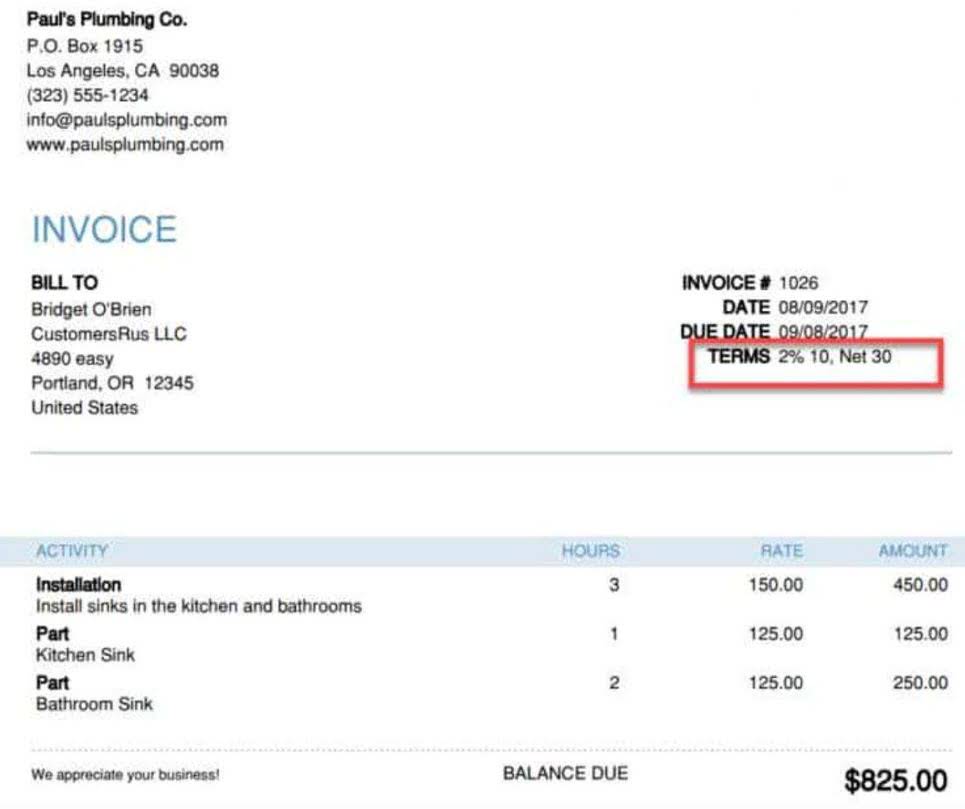
What are the Advantages of Absorption Costing?

In this case, you would need to use variable costing to conduct what’s known as marginal cost analysis. The marginal costing values closing inventory at a lower cost per unit since it does not account for the fixed overheads. Absorption costing is the full costing method that includes direct and indirect production costs. The ending inventory amount will be different for a company using absorption costing than by using marginal costing that only considers variable costs.
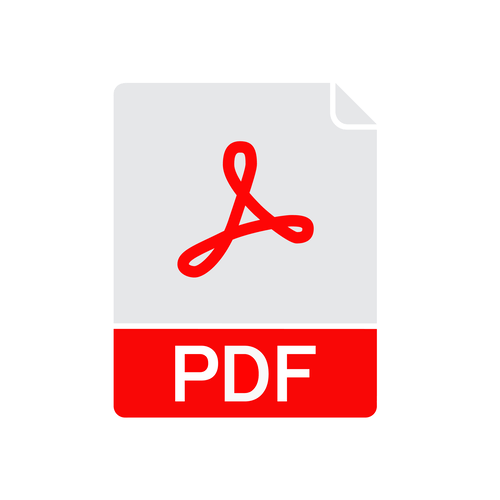
Impact on Inventory
This method is often mandated for external financial reporting and tax purposes, making it a crucial part of business compliance. Carrying fixed manufacturing overhead costs into future periods through unsold inventory can lead to overstated profits. This creates a misleading financial picture, affecting decisions related to pricing, production, and investment. Following these tips ensures accurate cost allocation, reliable financial reporting, and a more comprehensive view of your company’s manufacturing costs and profitability. Suspense Account Total absorption costing (TAC) is a method of cost accounting which takes account of the full cost of manufacturing or providing a service.

